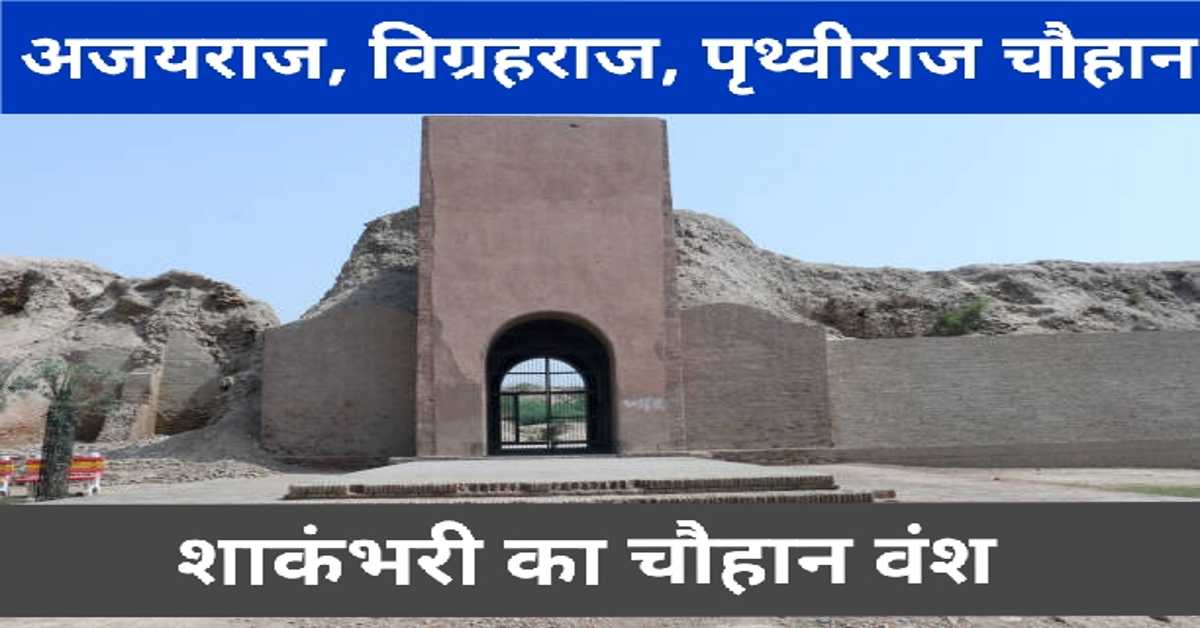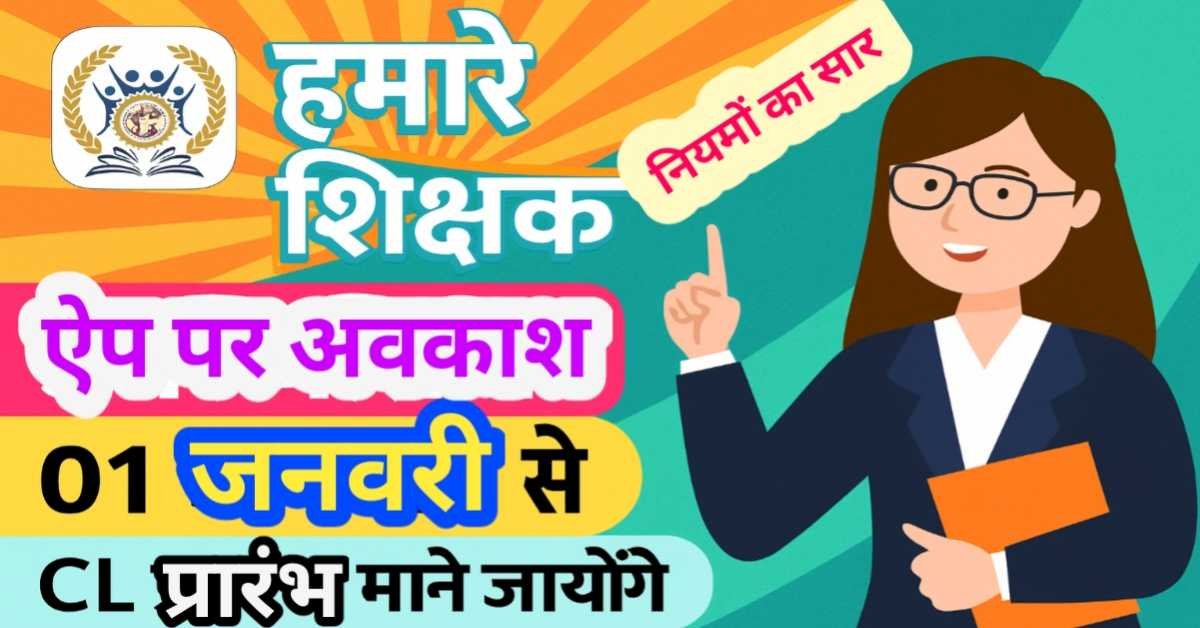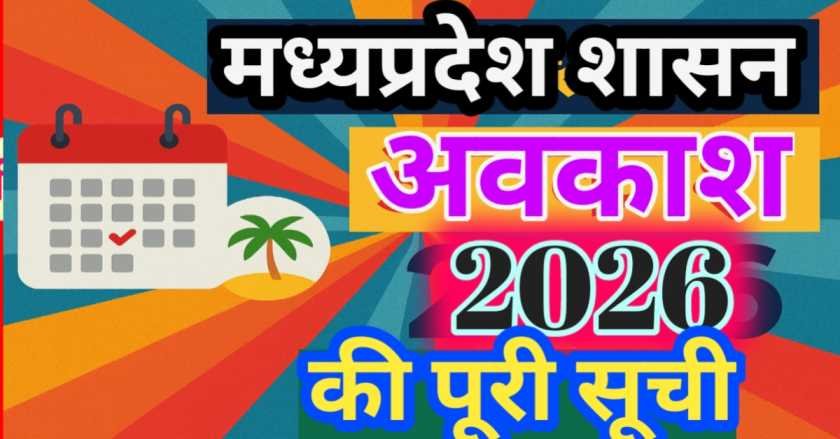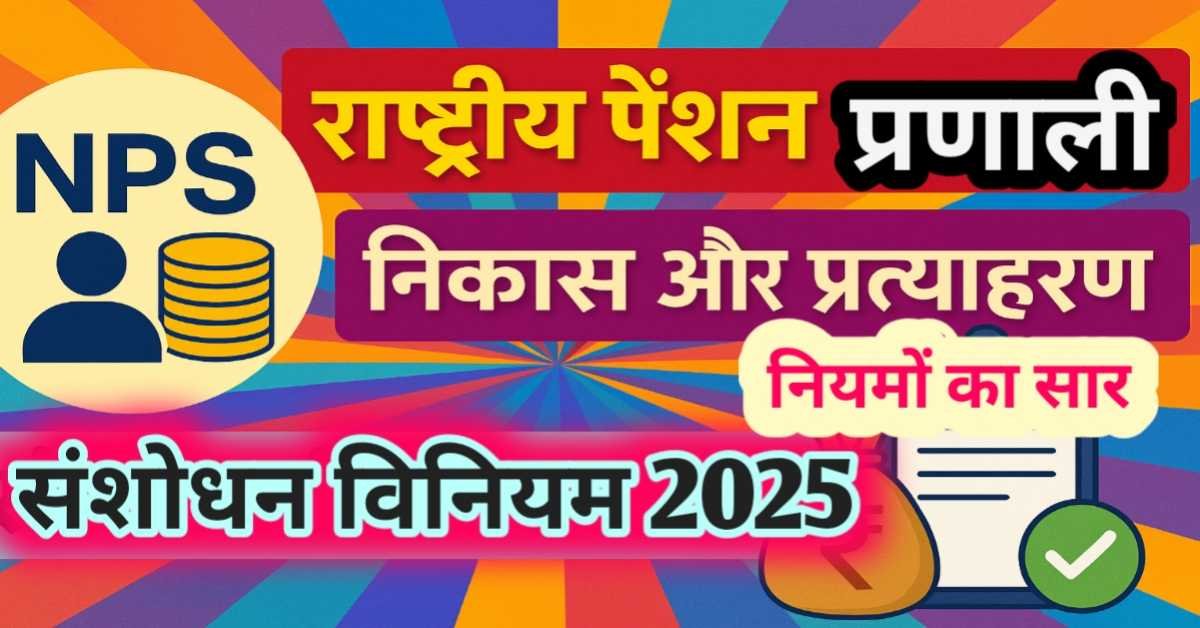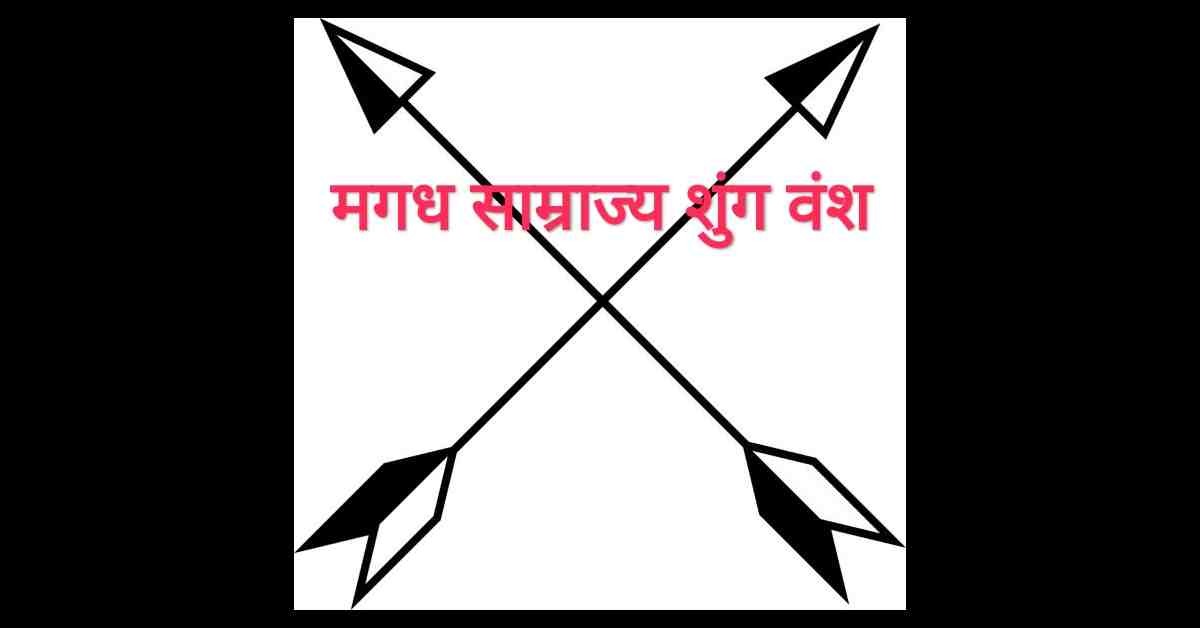
The rule of the Sunga dynasty in Pataliputra | पाटलिपुत्र में शुंग वंश का शासन
लगभग 185 ईसा पूर्व में पाटलिपुत्र में मौर्य वंश के अंतिम शासक 'बृहद्रथ' का शासन था। उसका सेनापति 'पुष्यमित्र शुंग' था। पुष्यमित्र शुंग ने इसकी हत्या कर दी और मगध में एक नए वंश 'शुंग वंश' की स्थापना की। अतः पुष्यमित्र शुंग को शुंग वंश का संस्थापक कहा जाता है। ये मौर्योत्तर कालीन शुंग देसी शासक थे। 'बाणभट्ट' रचित 'हर्षचरित' में पुष्यमित्र को 'अनार्य' कहकर संबोधित किया गया है। वह कट्टर ब्राह्मणवादी था। विभिन्न पुरातात्विक तथा साहित्यिक स्रोतों से हमें शुंग वंश की जानकारी मिलती है।
About 185 BC in Pataliputra The last ruler of the Maurya dynasty 'Brihadratha' was ruled by. His commander was 'Pushyamitra Sunga'. Pushyamitra Sung killed it and established a new dynasty 'Shung dynasty' in Magadha. Hence Pushyamitra Sung is called the founder of the Sunga dynasty. These were Mauryatara Kaalin Shung Desi rulers. 'Banabhatta' composed 'Harshacharitha' is addressed by calling Pushyamitra as 'non-Aryan'. He was a staunch Brahminist. We get information about the Sunga dynasty from various archeological and literary sources.
इसके प्रमुख साहित्यिक स्रोत निम्नलिखित हैं-
1. हर्षचरित- इसके लेखक बाणभट्ट थे। उन्होंने अंतिम मौर्य शासक बृहद्रथ के विषय में लिखा है। इस ग्रंथ के अनुसार पुष्यमित्र ने बृहद्रथ की हत्या कर मगध पर अपना शासन स्थापित कर दिया था।
2. वायु तथा मत्स्य पुराण- इससे शुंग वंश के संस्थापक पुष्यमित्र शुंग के विषय में जानकारी मिलती है।
3. गार्गी संहिता- यह एक ज्योतिष ग्रंथ है। इसमें यवन आक्रमण का वर्णन किया गया है।
4. महाभाष्य- इसकी रचना महर्षि पतंजलि ने की थी। वे पुष्यमित्र के पुरोहित थे। इस ग्रंथ में यवनों के आक्रमण का वर्णन किया गया है।
5. दिव्यावदान- इसमें बताया गया है कि पुष्यमित्र शुंग ने अशोक द्वारा बनवाए गए 84,000 स्तूपों को नष्ट कर दिया था।
6. मालविकाग्निमित्रम्- यह एक नाटक है। इसकी रचना कालिदास ने की थी। इसमें शुंग कालीन राजनीतिक गतिविधियों का वर्णन किया गया है। इस ग्रंथ में पुष्यमित्र शुंग के उत्तराधिकारी 'अग्निमित्र' तथा विदर्भ के शासक यज्ञसेन की चचेरी बहन 'मालविका' की प्रेम कथा तथा अग्निमित्र द्वारा विदर्भ पर विजय प्राप्त करने के वृतांत का उल्लेख है।
Its major literary sources are the following-
1. Harshcharit- Its author was Banabhatta. He has written about the last Mauryan ruler Brihadratha. According to this scripture Pushyamitra had established his rule over Killing of Brihadratha kar Magadha.
2. Vayu and Matsya Purana- This gives information about Pushyamitra Sung, the founder of the Sunga dynasty.
3. Gargi Samhita- This is a astrological treatise. It describes the Yavana invasion.
4. Mahabhashya- It was composed by Maharishi Patanjali. He was Pushyamitra's priest. This text describes the invasions of the Yavan.
5. Divyavadaan- It states that Pushyamitra Sung destroyed the 84,000 stupas built by Ashoka.
6. Malavikagnimitram- This is a drama. It was composed by Kalidasa. It describes political activities in the Sunga period. In this treatise, Pushyamitra Sung's successor 'Agnimitra' and Yajnasena, the ruler of Vidarbha's cousin's Malavika'. There are accounts of Prem Katha and Agnimitra achieving victory over Vidarbha.
शुंग वंश के विषय में जानकारी देने वाले पुरातात्विक स्रोत निम्नलिखित हैं-
1. बेसनगर का अभिलेख- यह यवन राजदूत हेलियोडोरस का अभिलेख है। यह गरुड़ स्तंभ के ऊपर खुदा हुआ है। इससे भागवत धर्म के बारे में जानकारी प्राप्त होती है।
2. अयोध्या अभिलेख- इसे धनदेव ने लिखवाया था। वह पुष्यमित्र शुंग का उत्तराधिकारी था। इसमें पुष्यमित्र शुंग द्वारा करवाए गए दो अश्वमेध यज्ञों का वर्णन किया गया है।
3. भरहुत का लेख- इससे हमें शुंग काल के बारे में पता चलता है।
1. Besanagar inscription- This is the inscription of Yavan Ambassador Heliodorus. It is inscribed above the Garuda Pillar . It provides information about Bhagwat Dharma.
2. Ayodhya inscription- It was written by Dhanadeva. He was the successor of Pushyamitra Sung. It describes two Ashwamedha yagyas performed by Pushyamitra Sung.
3. Bharhut's article- This tells us about the Sunga perio.
इन 👇एतिहासिक महत्वपूर्ण प्रकरणों को भी पढ़ें।
1. वैदिक सभ्यता- ऋग्वैदिक काल
2. मध्यप्रदेश का प्राचीन इतिहास
3. भारत का इतिहास- बुद्ध के समय के प्रमुख गणराज्य (गणतंत्र)
4. भारत का प्राचीन इतिहास-;जनपद एवं महाजनपद
5. भारत का प्राचीन इतिहास-;जनपद एवं महाजनपद
इन साक्ष्यों के अतिरिक्त विभिन्न स्मारक तथा स्तूपों से शुंग कालीन कला तथा स्थापत्य की जानकारी प्राप्त होती है। ये सभी पुरातात्विक स्रोत हमें बेसनगर, साँची, बोधगया आदि स्थानों से प्राप्त हुए हैं। शुंग वंश की प्रमुख मुद्राएँ अयोध्या, मथुरा, अहिच्छात्र तथा कौशांबी से मिली हैं। इनसे हमें शुंग वंश के बारे में जानकारी प्राप्त होती है।
In addition to these evidences, various monuments and stupas to Sunga carpet art and architecture gets information. All these archaeological sources have been obtained from us from places Besnagar, Sanchi, Bodh Gaya etc. The major currencies of the Sunga dynasty are derived from Ayodhya, Mathura, Ahichhatra and Kaushambi. From these we get information about Sunga dynasty.
पुष्यमित्र शुंग अंतिम मौर्य शासक बृहद्रथ का सेनापति था। दिव्यावदान के अनुसार पुष्यमित्र के पिता का नाम 'पुष्यधर्म' था। धनदेव के अयोध्या अभिलेख से पता चलता है कि पुष्यमित्र शुंग ने दो अश्वमेध यज्ञ किए थे। उसके इन यज्ञों के पुरोहित महर्षि पतंजलि थे। वे पाटलिपुत्र के राजपुरोहित थे। बौद्ध ग्रंथों से पता चलता है कि पुष्यमित्र कट्टर ब्राह्मणवादी तथा बौद्ध धर्म का उत्पीड़क था। उसने बौद्ध विहारों को तोड़ डाला था और बौद्ध भिक्षुओं को मौत के घाट उतार दिया था। वह बौद्ध धर्म का विरोधी था, किंतु फिर भी 'भरहुत का स्तूप' पुष्यमित्र शुंग ने ही बनवाया था। उसके शासन के समय कई विदेशी आक्रमण भारत पर हुए थे और पुष्यमित्र ने उनका डटकर सामना किया था। उसने अपने विजय अभियानों के माध्यम से अपने राज्य की सीमा का विस्तार किया था। पुष्यमित्र के राजा बन जाने के कारण पाटलिपुत्र और मगध साम्राज्य को बहुत बल मिला था। मगध की अधीनता त्याग चुके राज्य भी मगध में शामिल होते जा रहे थे।
Pushyamitra Sunga was the Senapati of the last Mauryan ruler Brihadratha. According to Divyavadaan, Pushyamitra's father's name was 'Pushyadharma'. The Ayodhya inscription of Dhanadeva shows that Pushyamitra Sung had performed two Ashwamedha yagna. He had the priest Maharishi Patanjali of these yagyas. He was the Rajpurohit of Pataliputra. Buddhist texts show that Pushyamitra was a staunch Brahminist and persecutor of Buddhism. He had broken the Buddhist viharas and killed the Buddhist monks. He was opposed to Buddhism, but still 'Stupa of Bharhut' was built by Pushyamitra Sunga. Many foreign invasions occurred on India at the time of his rule and were strongly confronted by Pushyamitra. He expanded the territory of his kingdom through his Victory Expeditions. The Pataliputra and Magadha Empire had gained a lot of strength as Pushyamitra became the king . Subjugation of Magadha The abandoned states were also joining Magadha.
पुष्यमित्र शुंग के समय बरार (विदर्भ) पर 'यज्ञसेन' का शासन था। इसे मौर्य शासकों ने विदर्भ प्रशासक के रूप में नियुक्त किया था। किंतु मौर्य वंश के अंतिम दिनों में मगध साम्राज्य की दुर्बलता का लाभ यज्ञसेन ने उठाया और स्वयं को विदर्भ का स्वतंत्र शासक घोषित कर दिया था। पुष्यमित्र शुंग ने 'अग्निमित्र' द्वारा विदर्भ पर आक्रमण करवाया। इस युद्ध में यज्ञसेन की पराजय हुई और उसके राज्य को मगध साम्राज्य के अधीन कर लिया गया। सम्राट अशोक द्वारा जीता गया कलिंग देश (वर्तमान उड़ीसा) मौर्य वंश की दुर्बलता के कारण स्वतंत्र हो गया था। तत्कालीन समय में वहाँ का शासक खारवेल था। खारवेल ने मगध पर आक्रमण किया। इस युद्ध में पुष्यमित्र शुंग की पराजय हुई। इसकी जानकारी हमें 'हाथीगुंफा अभिलेख' से प्राप्त होती है। मालविकाग्निमित्रम् के अनुसार पुष्यमित्र शुंग के शासनकाल में यवन आक्रमण हुए थे। यवन शासक डेमेट्रियस (दिमित्र) पुष्यमित्र का समकालीन शासक था। गार्गी संहिता के युग पुराण के अनुसार यवन शासक मथुरा तथा साकेत पर अधिकार कर चुके थे। इसके बाद वे पाटलिपुत्र पहुँच गए थे।
इन 👇एतिहासिक महत्वपूर्ण प्रकरणों को भी पढ़ें।
1. विश्व की प्रथम चार सभ्यताएँ- मेसोपोटामिया, मिस्र, सिंधु, और चीनी सभ्यता
2. भारत का इतिहास- प्राचीन भारतीय इतिहास के अध्ययन के पुरातात्विक स्रोत।
3. भारत का इतिहास- प्राचीन भारतीय इतिहास जानने के साहित्यिक स्त्रोत- वेद
4. भारत का इतिहास- सिंधु सभ्यता के प्रमुख स्थल
5. सिन्धु सभ्यता में जीवन
'Yagyasen'was ruled by Berar (Vidarbha) at the time of Pushyamitra Sung. It was appointed by the Maurya rulers as the Vidarbha Administrator. But in the last days of the Maurya dynasty, the Magadha Empire's weakness was taken advantage of by the Yagyasena and declared itself as the independent ruler of Vidarbha. Pushyamitra Sung invaded Vidarbha by 'Agnimitra'. In this war Yagyasena was defeated and his kingdom was subjugated to the Magadha Empire. Won by Emperor Ashoka Kalinga country (present-day Orissa) became independent due to the weakness of the Maurya dynasty. The then ruler there was Kharavel . Kharavel invaded Magadha. In this war, Pushyamitra Sung was defeated. We get this information from 'Hathigumpha inscription'. According to Malavikagnimitram, there were Yavana invasions during the reign of Pushyamitra Sung. Yavana ruler Demetrius (Dimitra) was a contemporary ruler of Pushyamitra. According to the Yuga Purana of the Gargi Samhita, the Yavan rulers had captured Mathura and Saket. After that he reached Pataliputra.
पुष्यमित्र शुंग की मृत्यु के पश्चात अग्निमित्र गद्दी पर बैठा। इससे पहले वह विदिशा का गोप्ता अर्थात् उपराजा था। पुराणों के अनुसार मगध साम्राज्य पर अग्निमित्र के पश्चात क्रमशः वसुज्येष्ठ, वसुमित्र, आंध्रक, पुलिदंक, घोष, वज्रमित्र, भागवत और भवभूति नामक शासकों ने शासन किया था। भागवत नामक शासक ने भागवत धर्म ग्रहण किया था। इसे भागभद्र कहा जाता था। इसने बेसनगर (वर्तमान विदिशा) में गरुड़ स्तंभ की स्थापना कर भागवत विष्णु की पूजा की थी। शुंग वंश का अंतिम शासक देवभूति था। इसका मंत्री वसुदेव था। वसुदेव ने देवभूति की हत्या कर दी और मगध पर एक नए वंश 'कण्व वंश' की स्थापना की।
After Pushyamitra Sung's death Agnimitra sat on the throne. Prior to this he was Vidisha's ie Uparaja. According to the Puranas Magadha Empire followed by Agnimitra, respectively Vasujyeshtha, Vasumitra, Andhrak, Pulidanka, Ghosh, Vajramitra, Bhagwat And was ruled by rulers named Bhavabhuti. A ruler named Bhagavata had taken the Bhagavata religion. It was called Bhagabhadra. It worshiped Bhagwat Vishnu by establishing the Garuda Pillar in Besnagar (present Vidisha). The last ruler of the Sunga dynasty was Devabhuti. Its minister was Vasudev. Vasudeva killed Devabhuti and established a new dynasty 'Kanva dynasty' on Magadha.
शुंग वंश के शासकों ने धार्मिक जीवन की अपेक्षा लौकिक जीवन व्यतीत किया। तत्कालीन समय में बेसनगर की सांस्कृतिक तथा राजनीतिक विशेष महत्ता स्थापित हो गई थी। इस काल में संस्कृत भाषा और हिंदू धर्म का पुनरुत्थान हुआ था। इस कार्य में महर्षि पतंजलि का विशेष योगदान था। मनुस्मृति के वर्तमान स्वरूप की रचना शुंग वंश में ही की गई थी। तत्कालीन समय में भागवत धर्म को विशेष महत्व मिला। इसी समय से वासुदेव विष्णु की उपासना शुरू की गई। मौर्य काल में स्तूपों के निर्माण में ईटों तथा मिट्टी का प्रयोग किया जाता था। किंतु शुंग काल में इनके स्थान पर पाषाण प्रयोग में लाए जाने लगे थे। इस काल में वैदिक अथवा ब्राह्मण धर्म का सर्वाधिक विकास हुआ था। शुंग कालीन कला के प्रमुख उदाहरण निम्नलिखित हैं-
1. भाजा का चैत्य तथा विहार
2. विदिशा का गरुड़ स्तंभ
3. नासिक और कार्ले के चैत्य
4. अजंता का नवाँ चैत्य मंदिर
5. मथुरा की अनेक यक्ष-यक्षिणीयों की मूर्तियाँ
The rulers of the Sunga dynasty spent cosmic life rather than religious life. At that time, Besanagar's cultural and political special importance were established. This period saw the revival of Sanskrit language and Hinduism. Maharishi Patanjali had a special contribution in this work. The present form of Manusmriti was composed in the Sunga dynasty itself. At the time, Bhagwat Dharma got special importance. From this time, worship of Vasudeva Vishnu was started. In the Mauryan period, bricks and clay were used in the construction of stupas. But in the Sunga period, they were being replaced by the Stone. During this period, the Vedic or Brahmin religion was the most developed. Following are the prime examples of sung carpet art-
1. Bhaja's Chaitya and Vihar
2. Garuda Pillar of Vidisha
3. Nashik and Carle's Chaitya
4. Nava Chaitya Temple of Ajanta
5. Statues of many Yaksha-Yakshinis of Mathura
इन 👇एतिहासिक महत्वपूर्ण प्रकरणों को भी पढ़ें।
1. सिकंदर का भारत पर आक्रमण- इसके कारण एवं प्रभाव
2. जैन धर्म के 24 तीर्थंकर एवं महावीर स्वामी की पारिवारिक जानकारी
3. बौद्ध धर्म एवं बुद्ध का जीवन परिचय
4. मगध साम्राज्य का इतिहास | The Magadh Empire time period
5. मौर्य साम्राज्य प्राचीन भारत का गौरवशाली इतिहास
आशा है, यह लेख प्रतियोगिता परीक्षाओं की तैयारी कर रहे विद्यार्थियों के लिए महत्वपूर्ण एवं उपयोगी होगा।
धन्यवाद।
RF Temre
infosrf..com
संबंधित जानकारी नीचे देखें।
(Watch related information below) 👇🏻

आशा है, उपरोक्त जानकारी उपयोगी एवं महत्वपूर्ण होगी।
(I hope the above information will be useful and important. )
Thank you.
लेखक
(Writer)
infosrf.com


.jpg)
